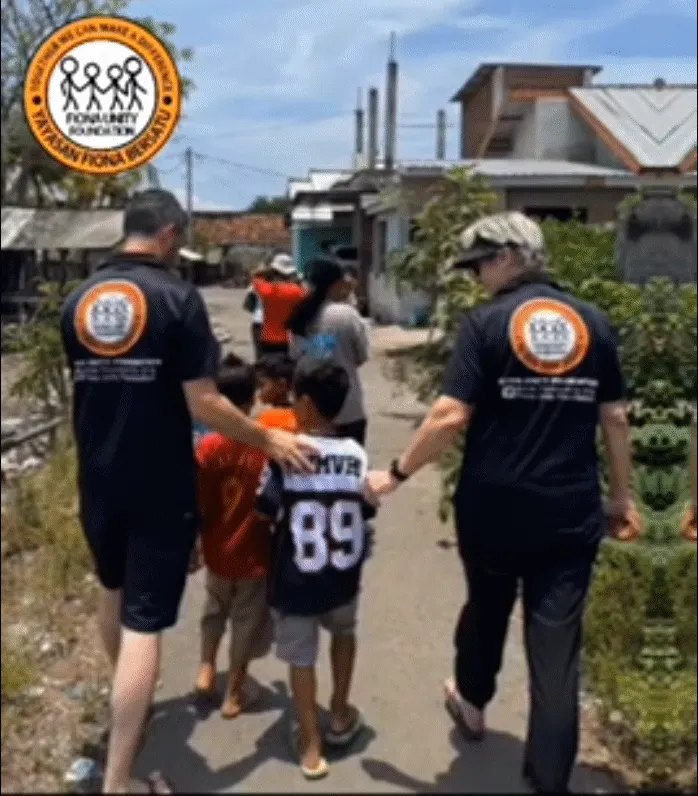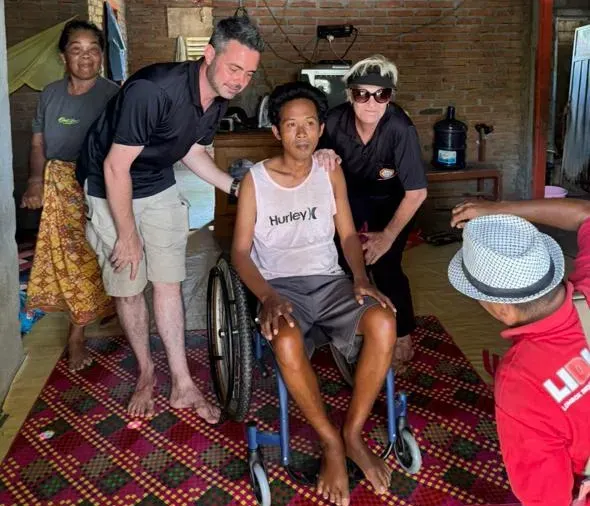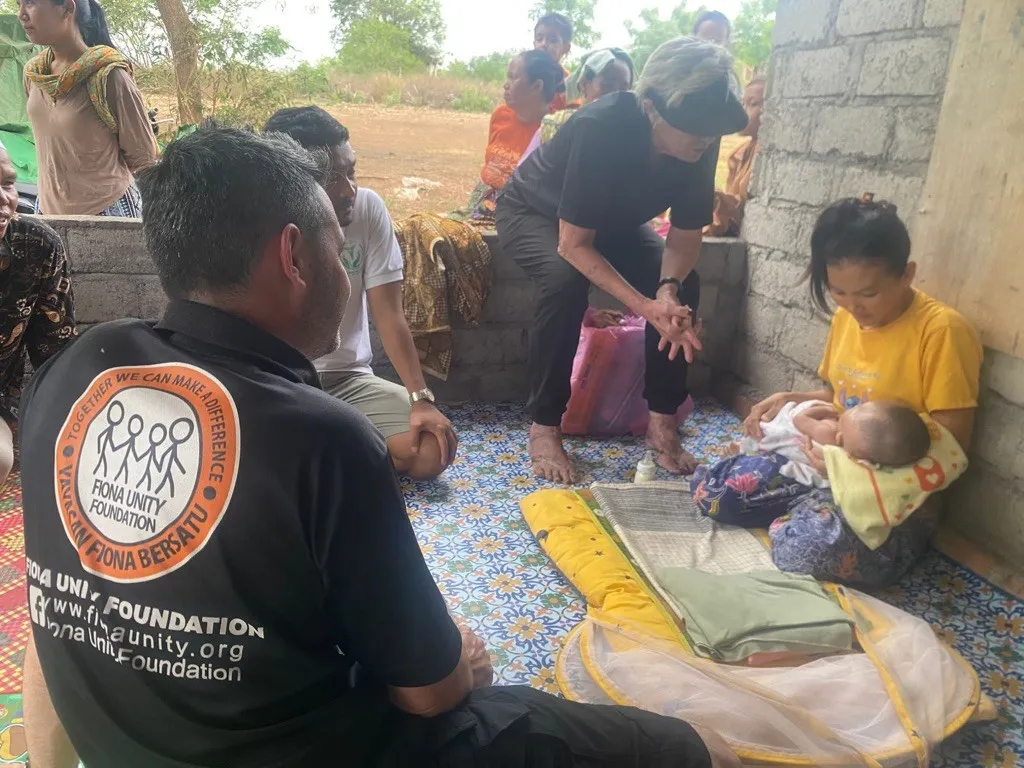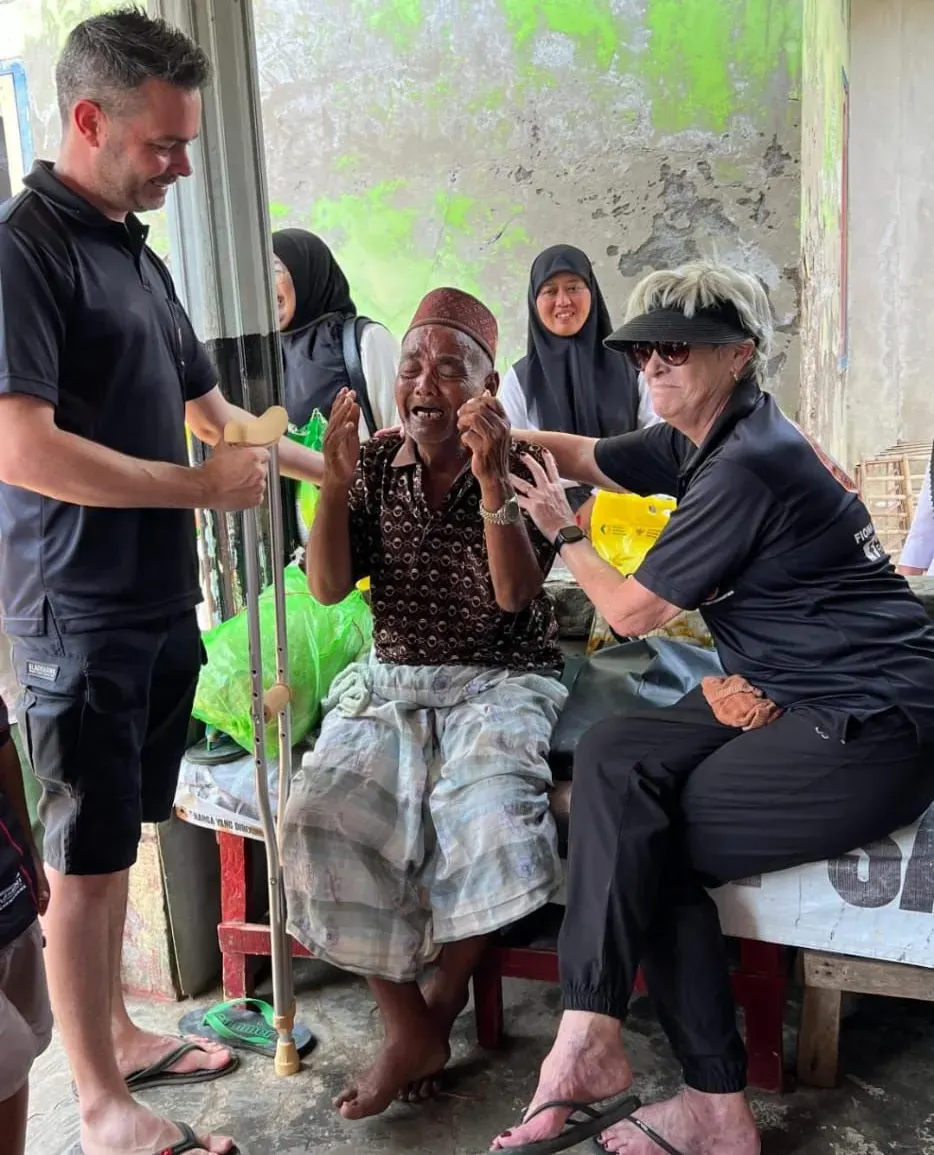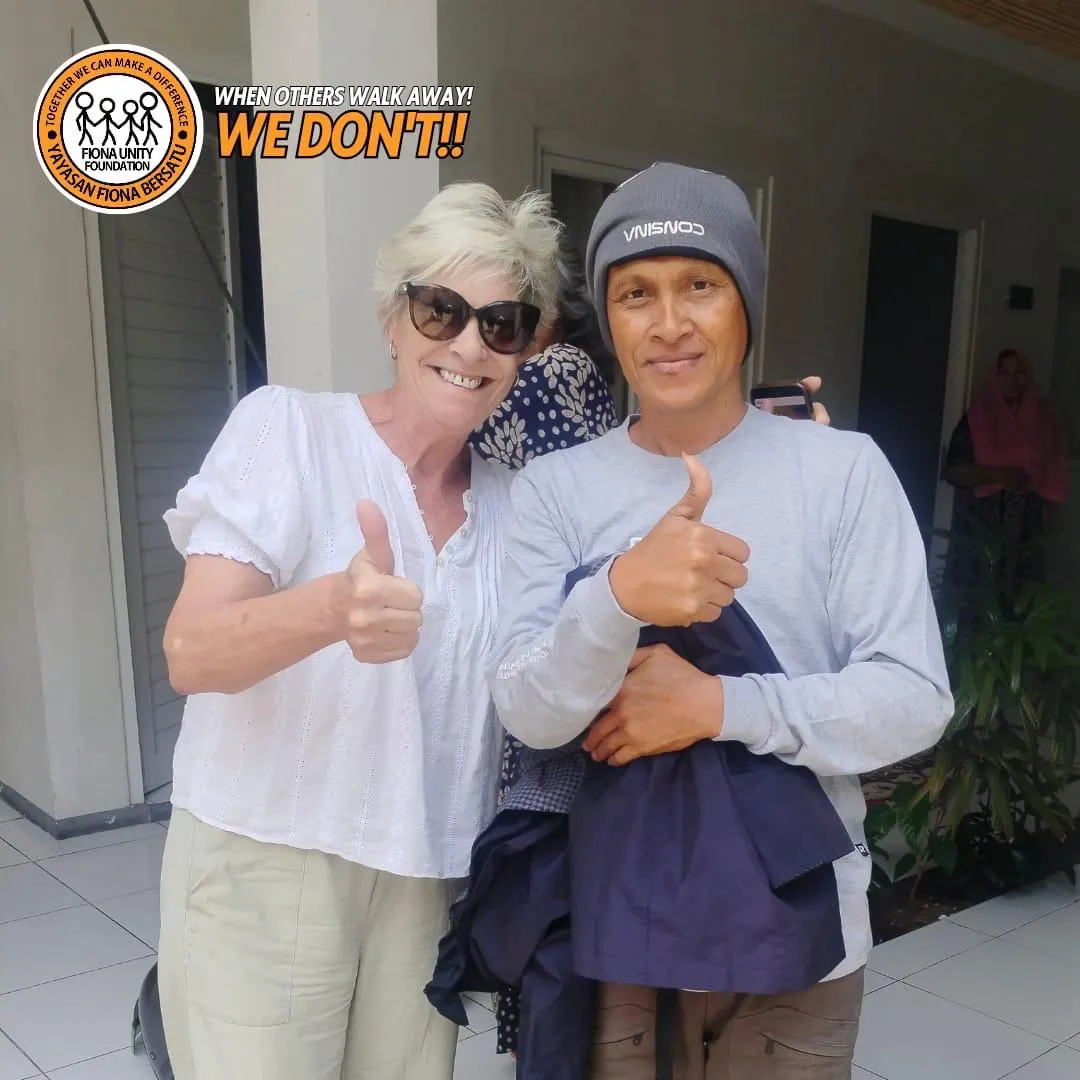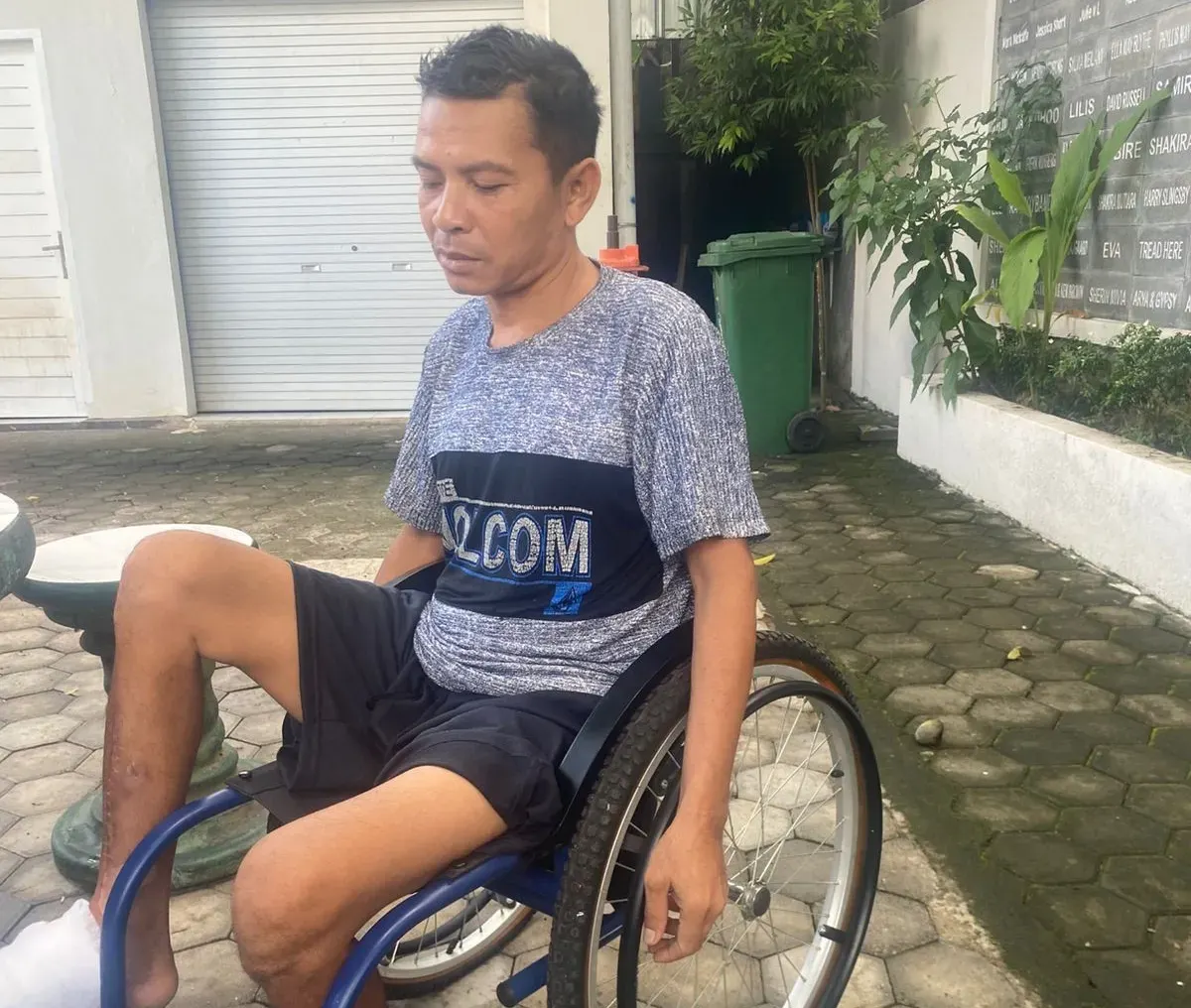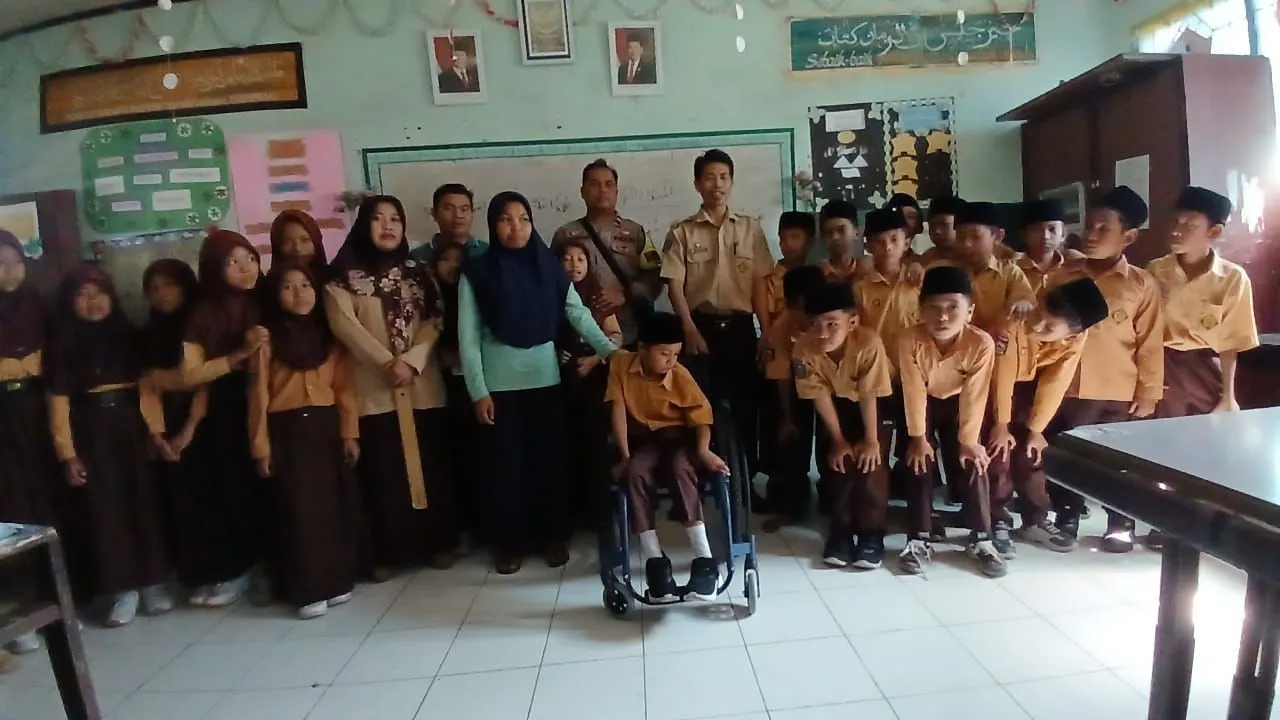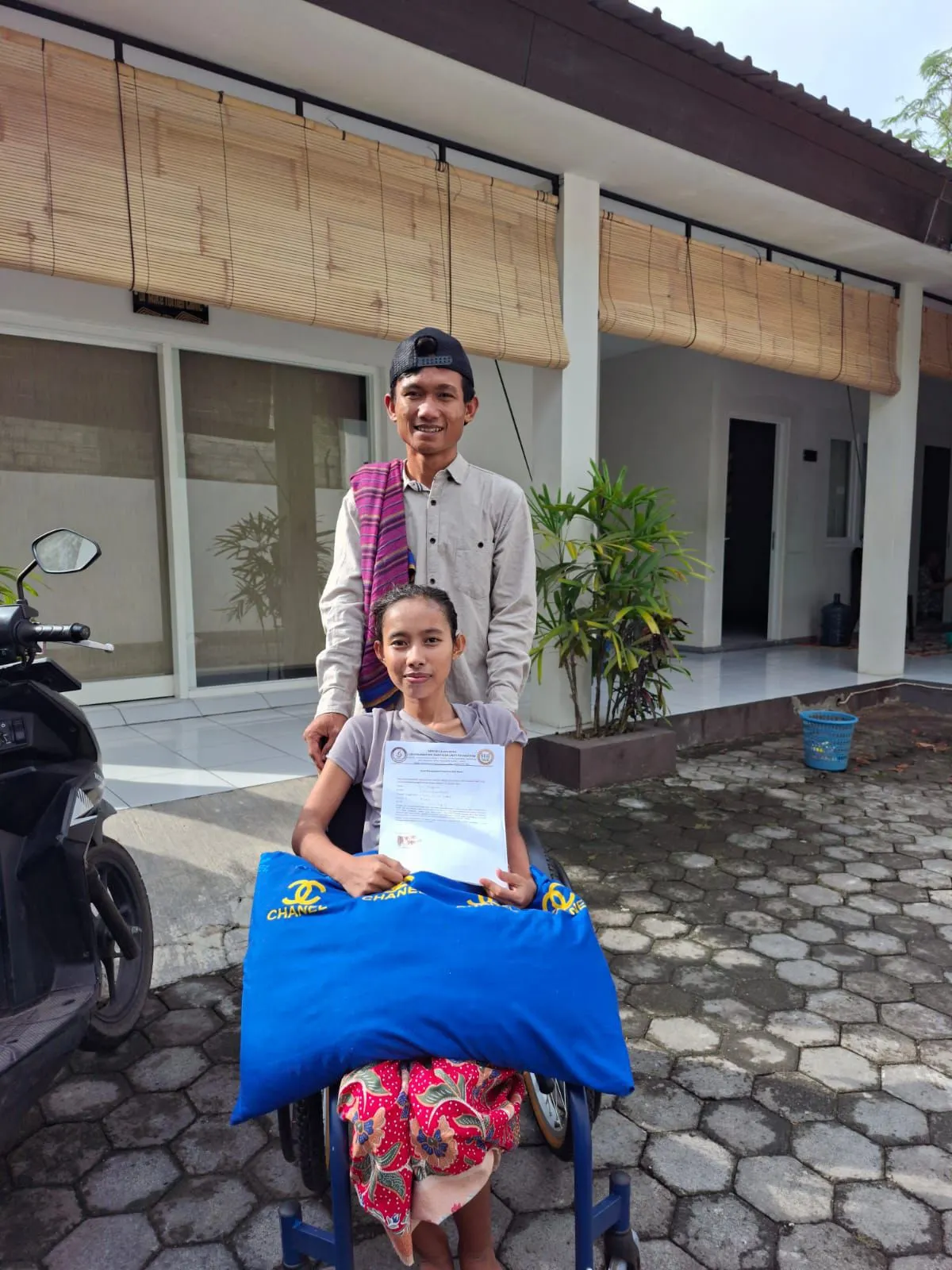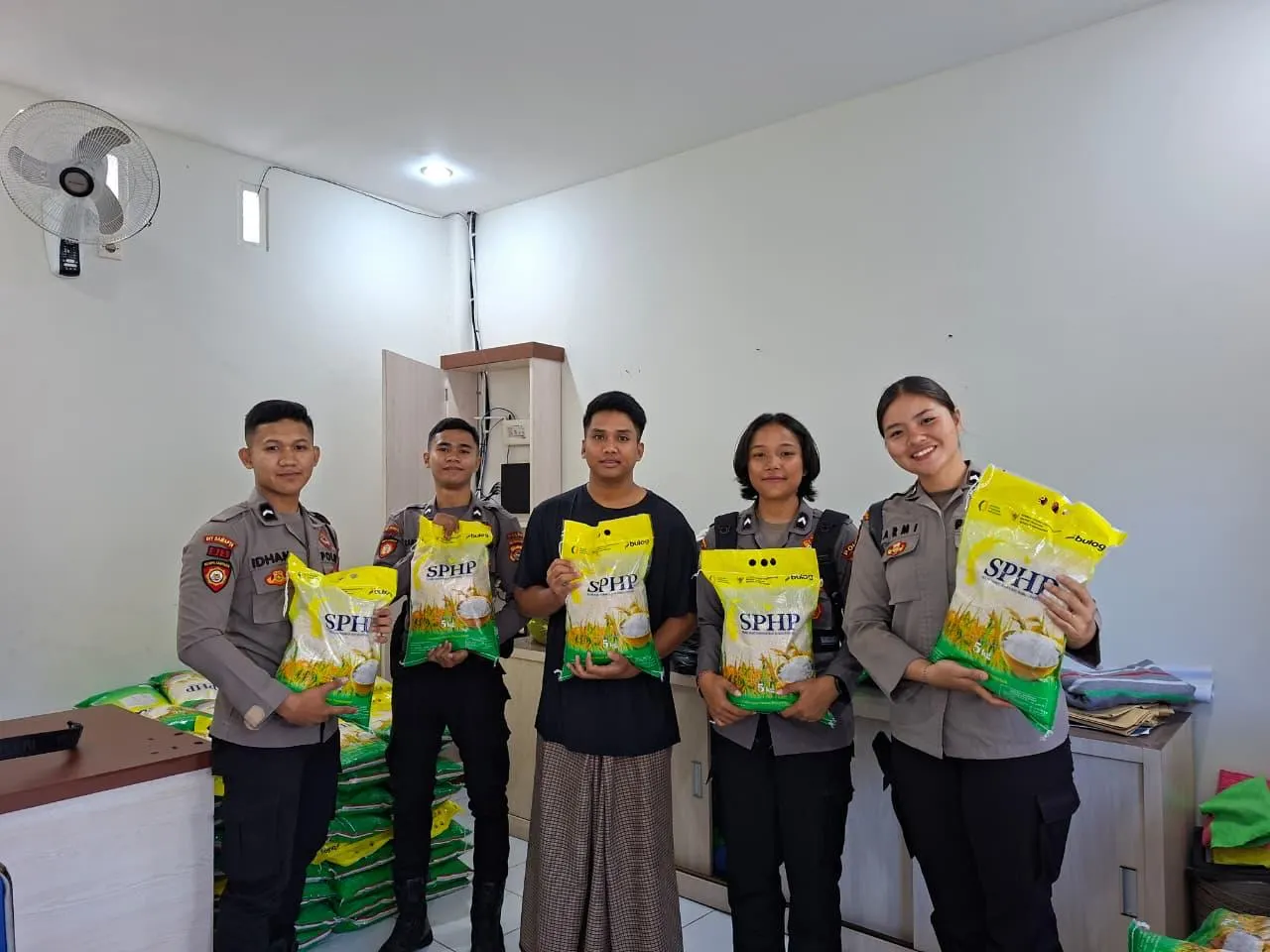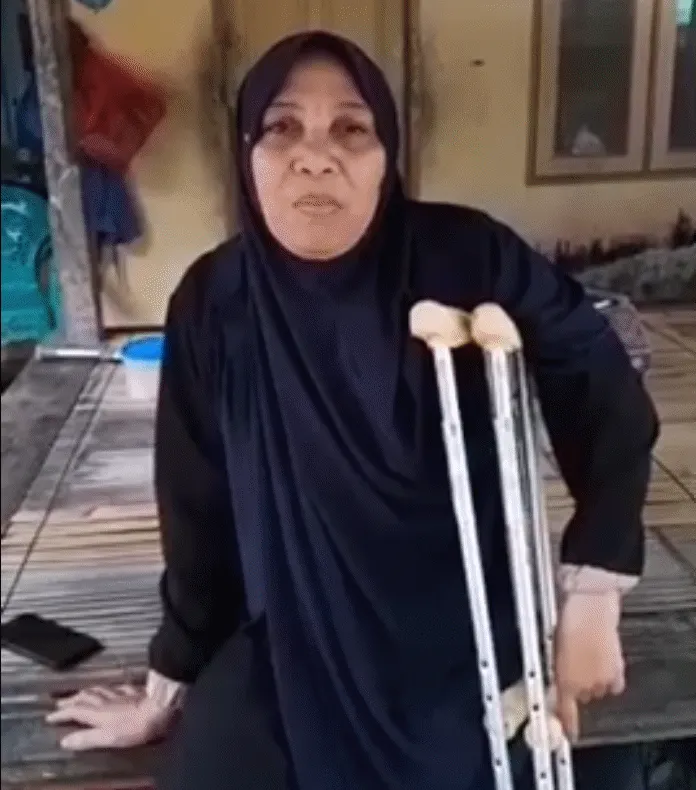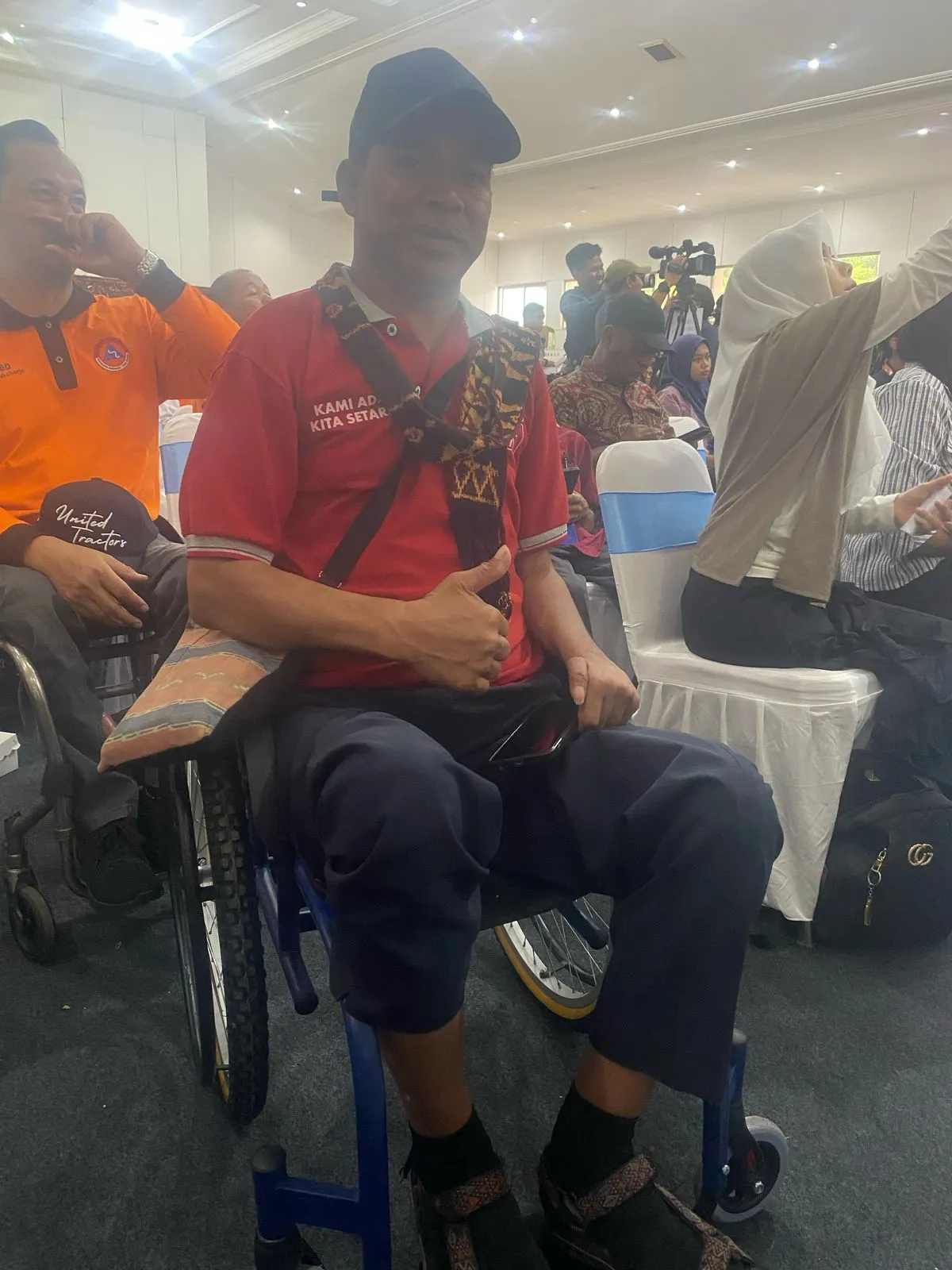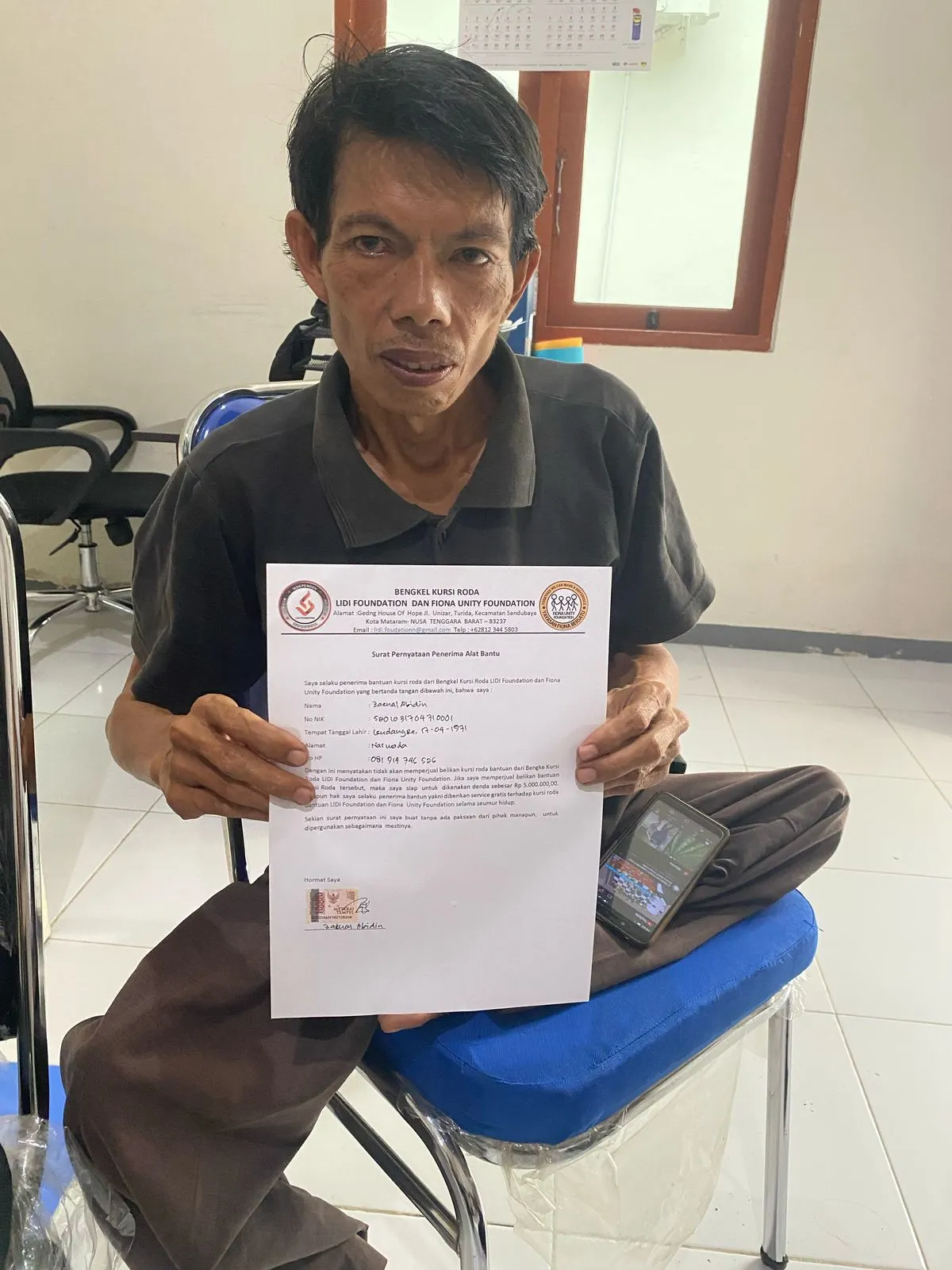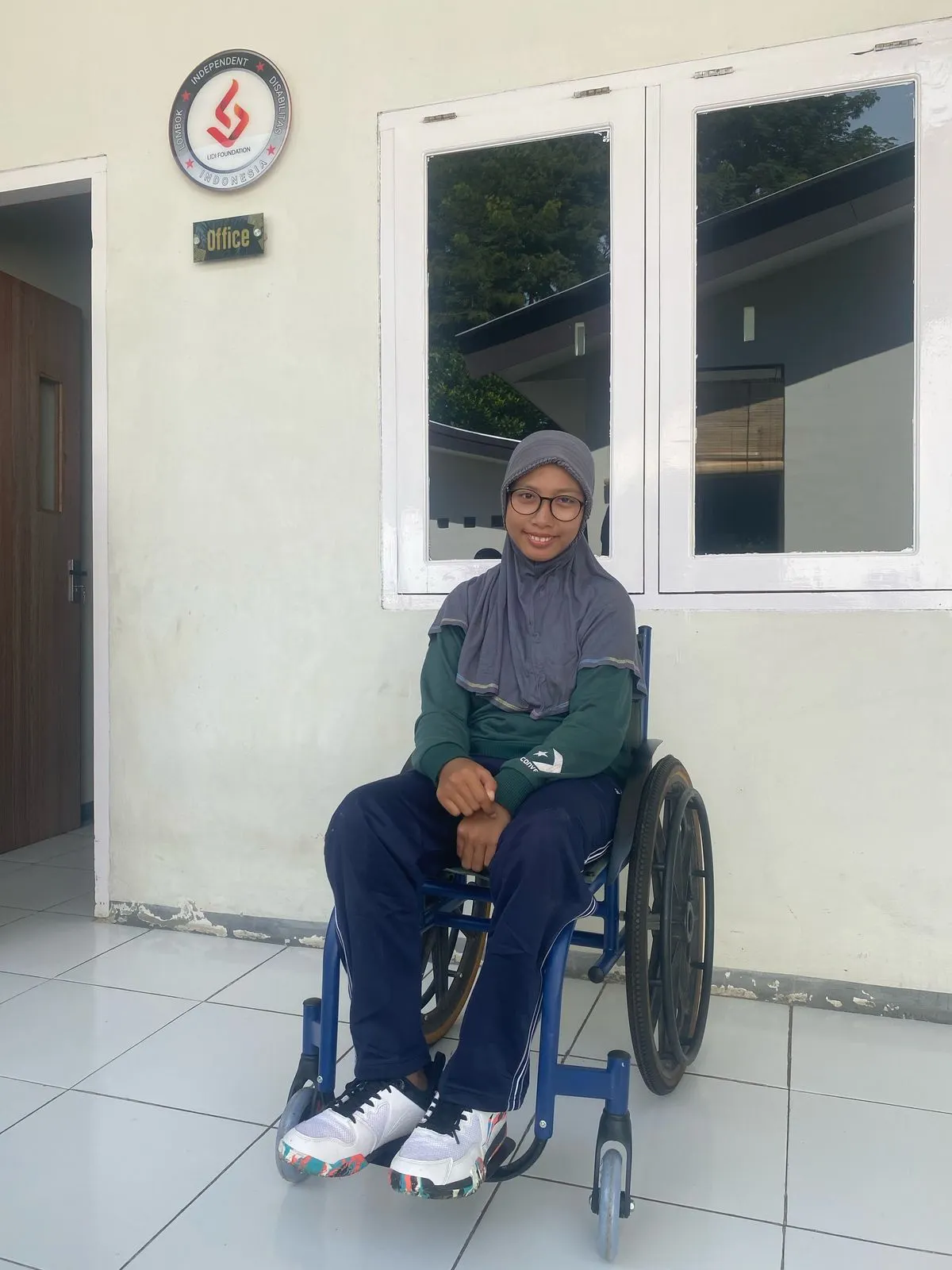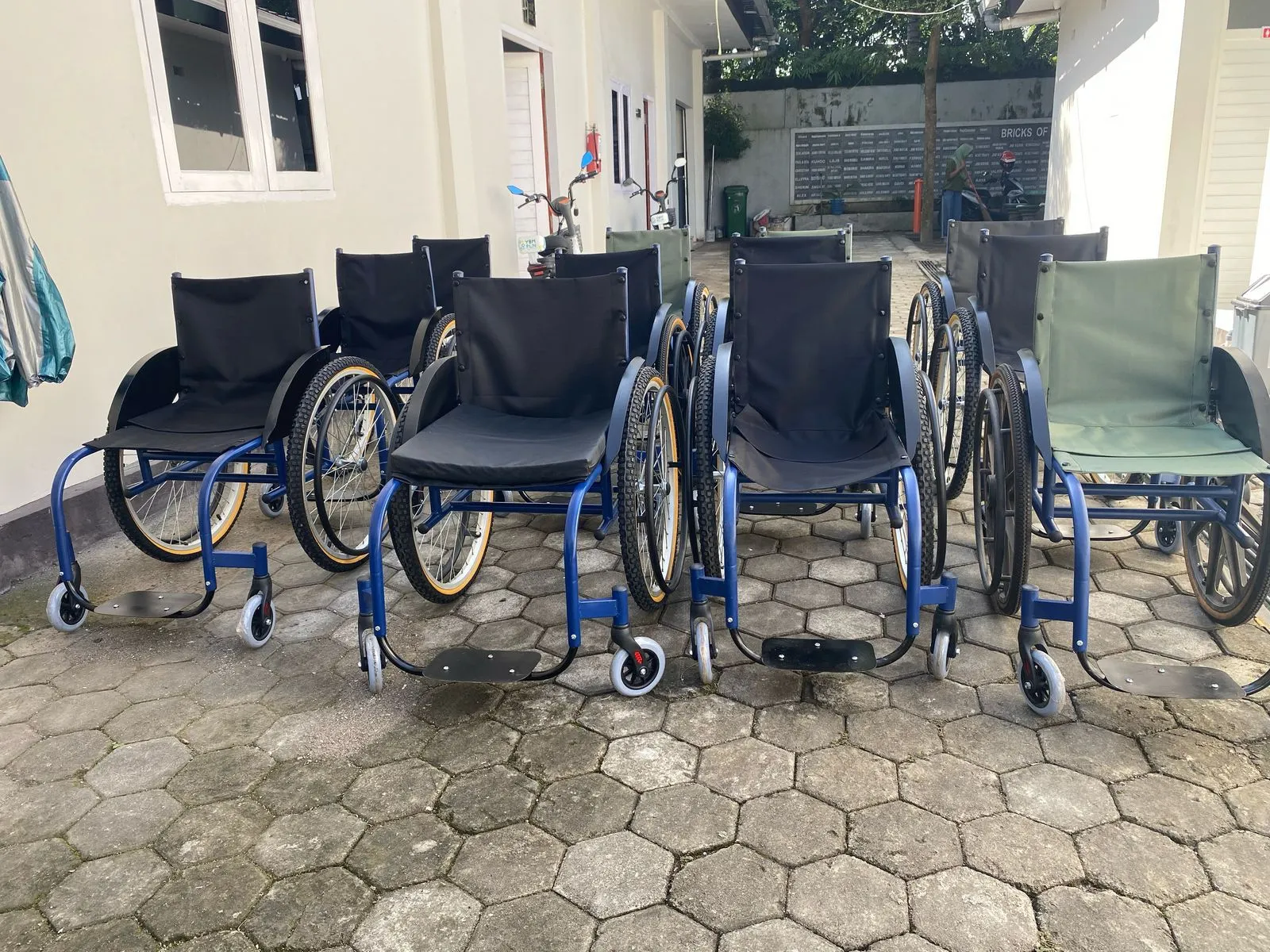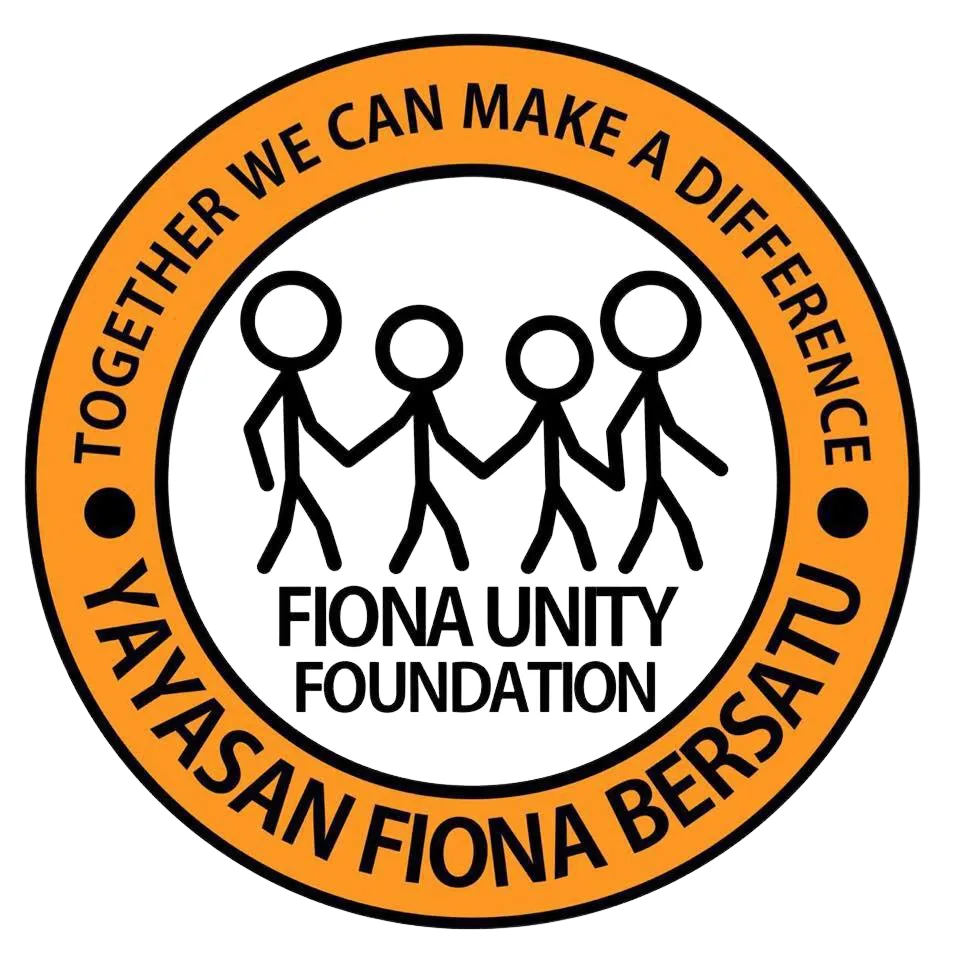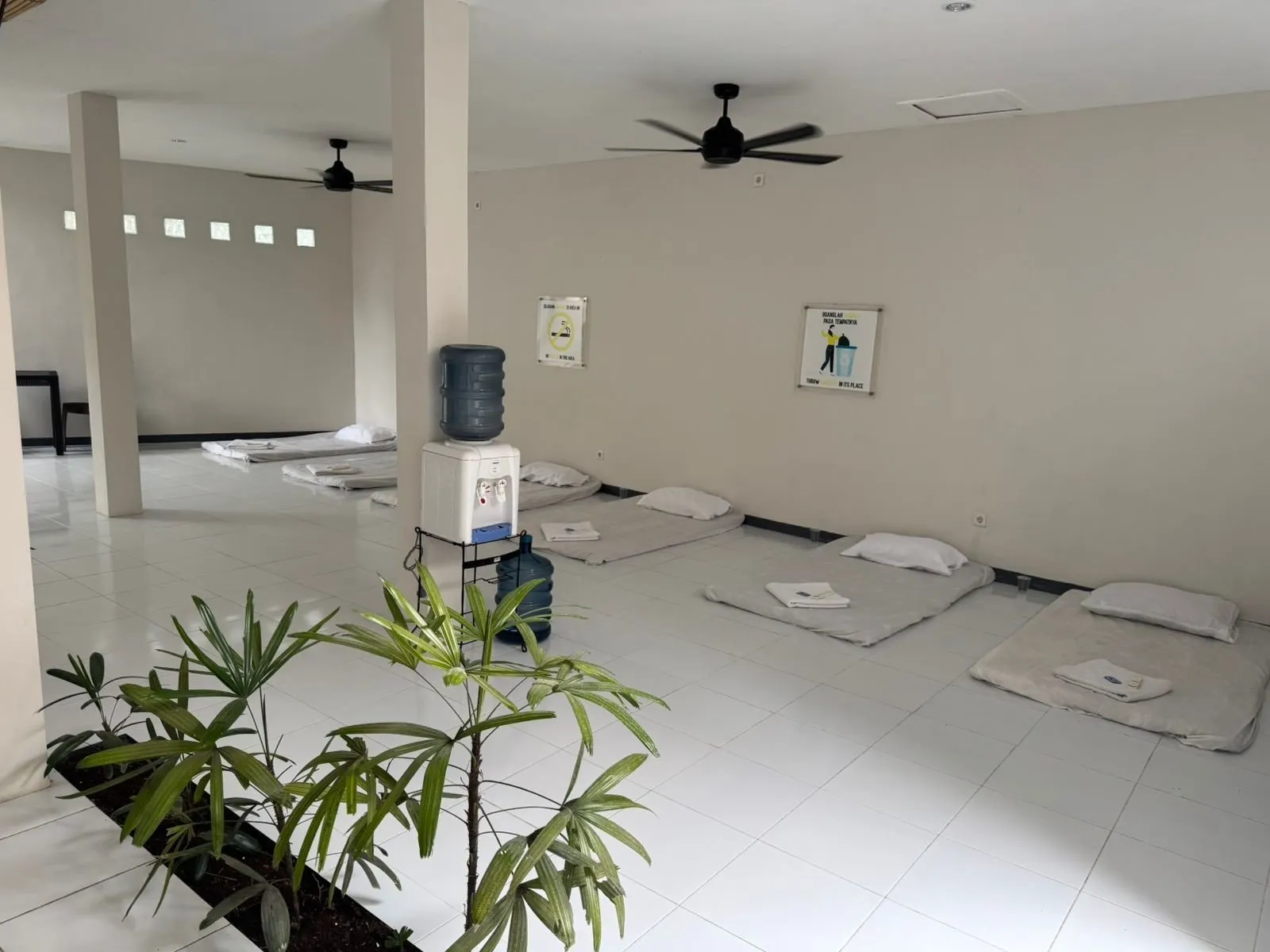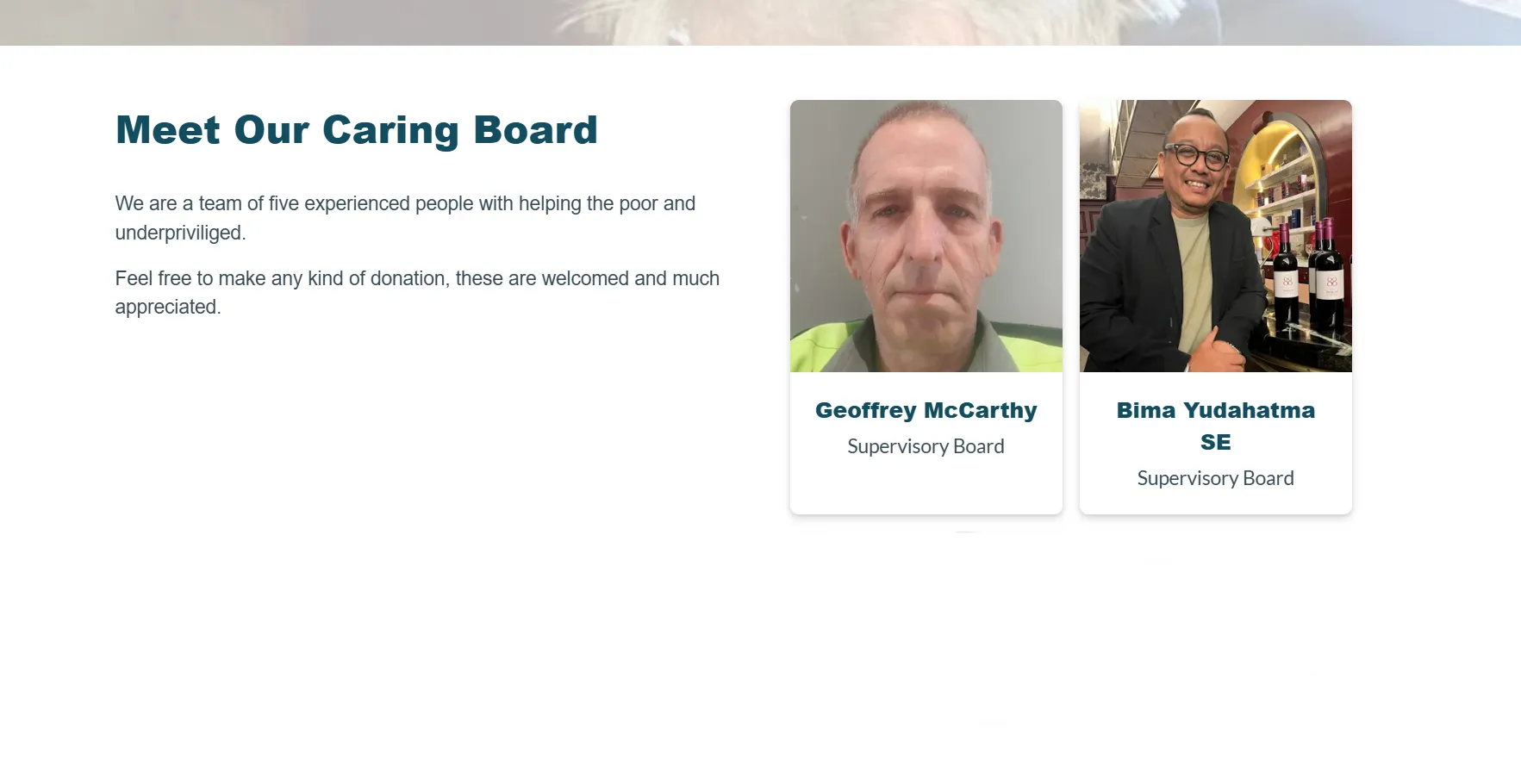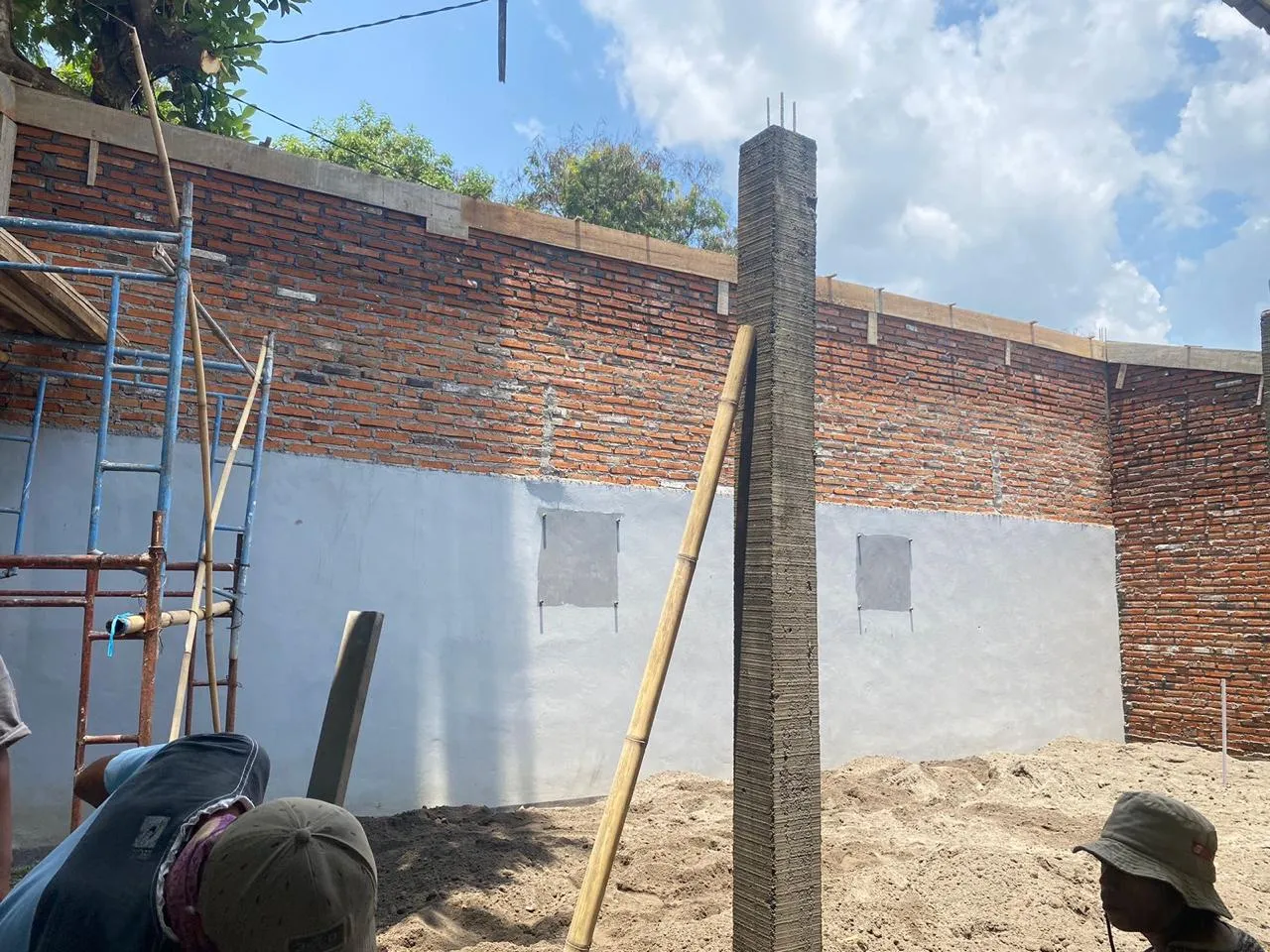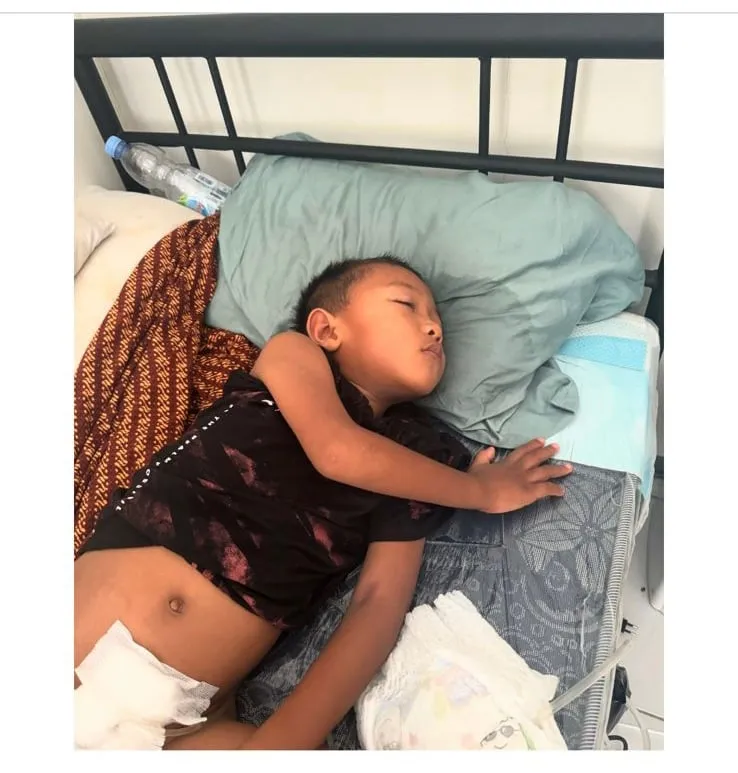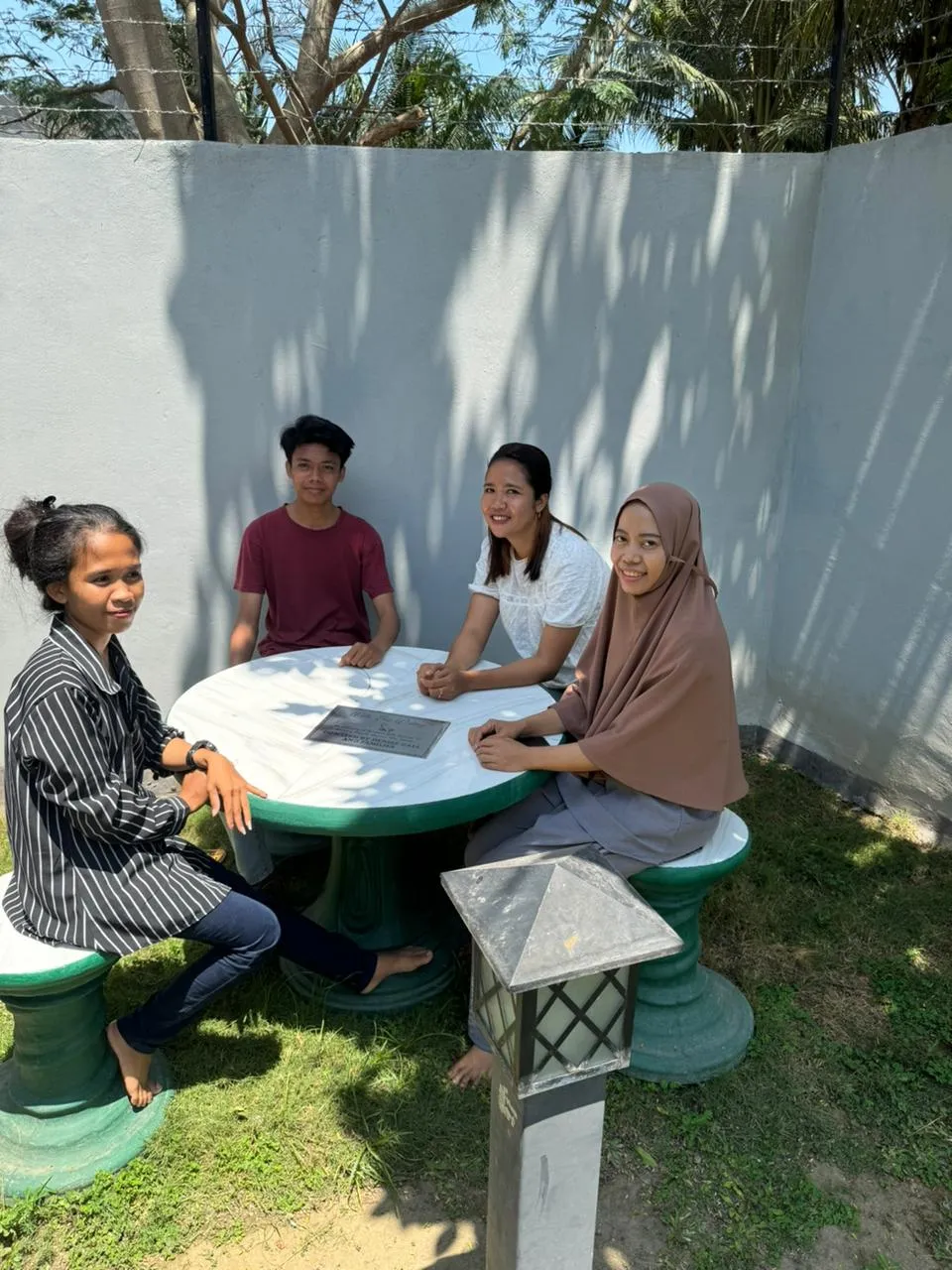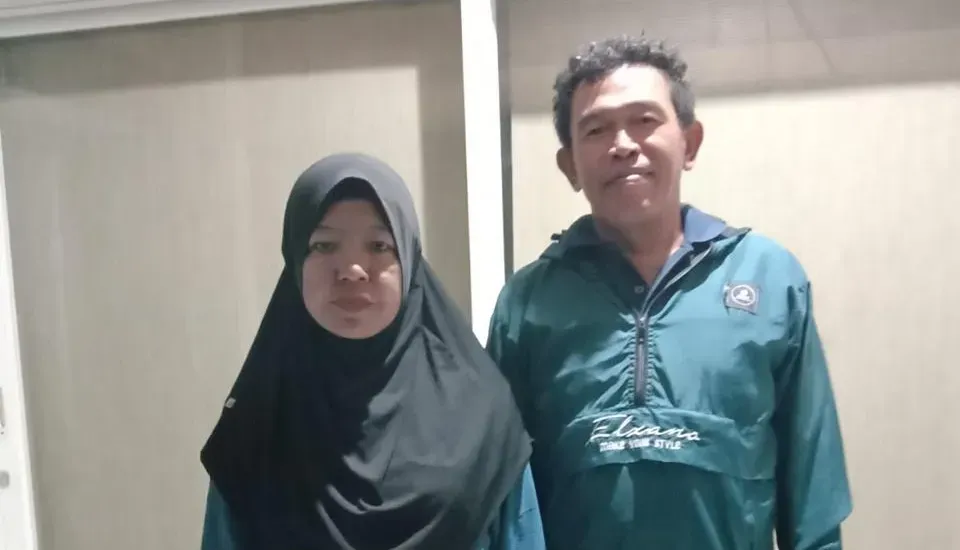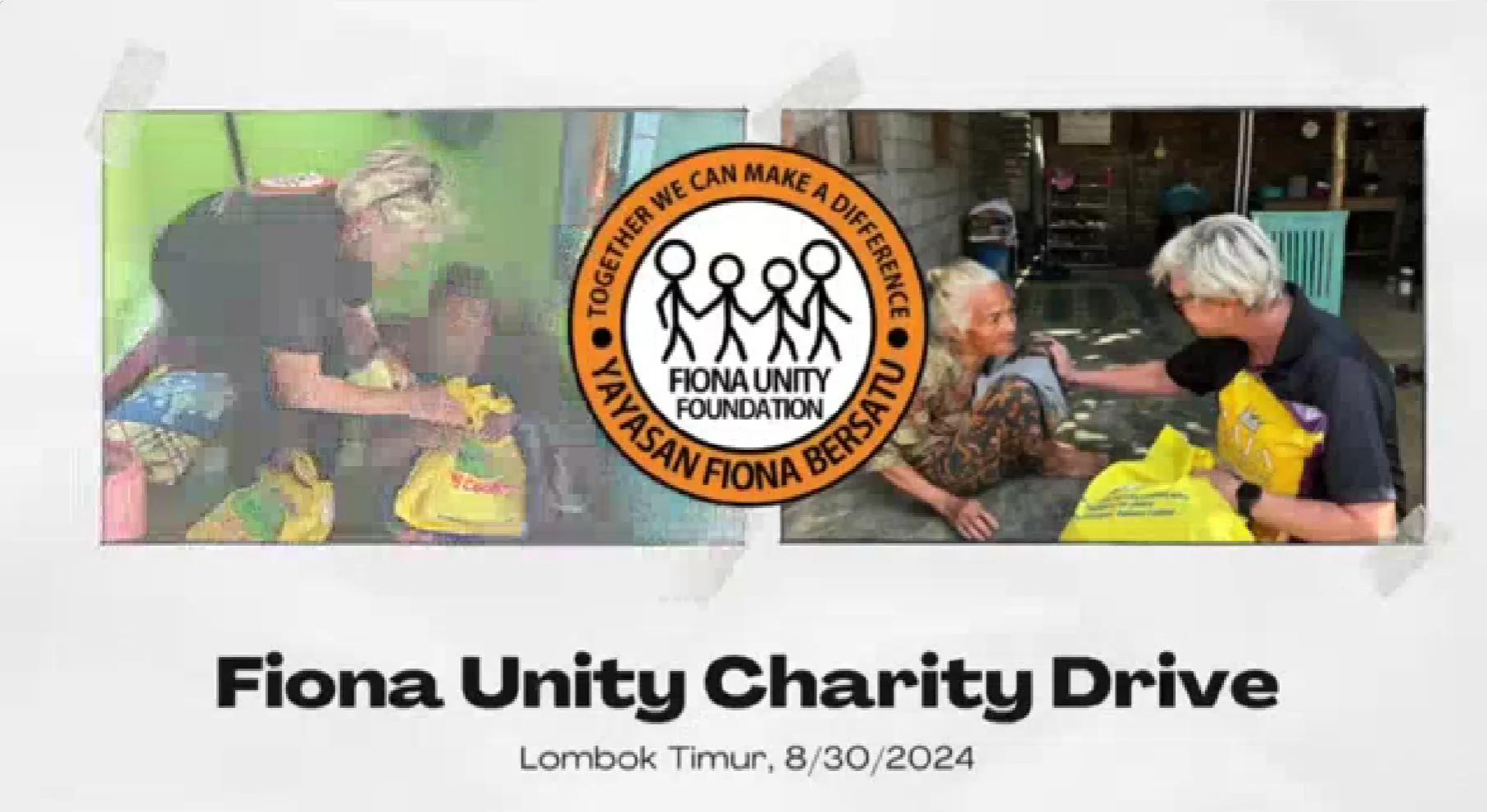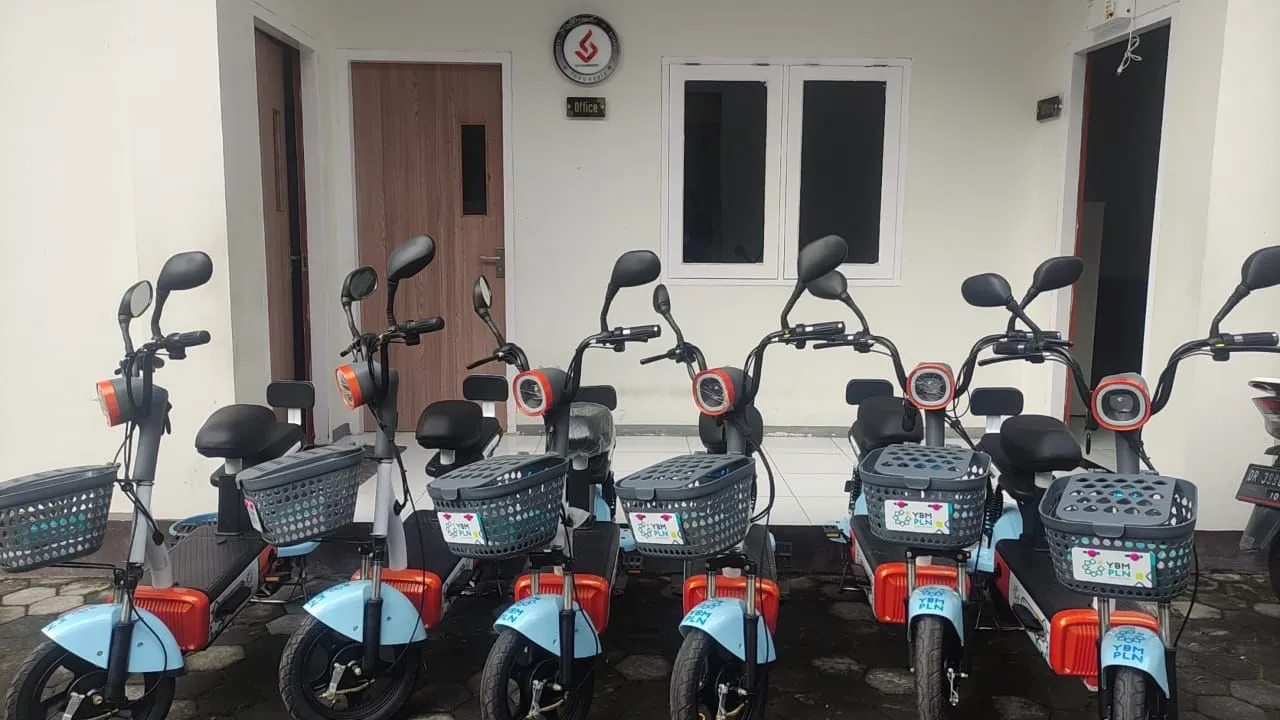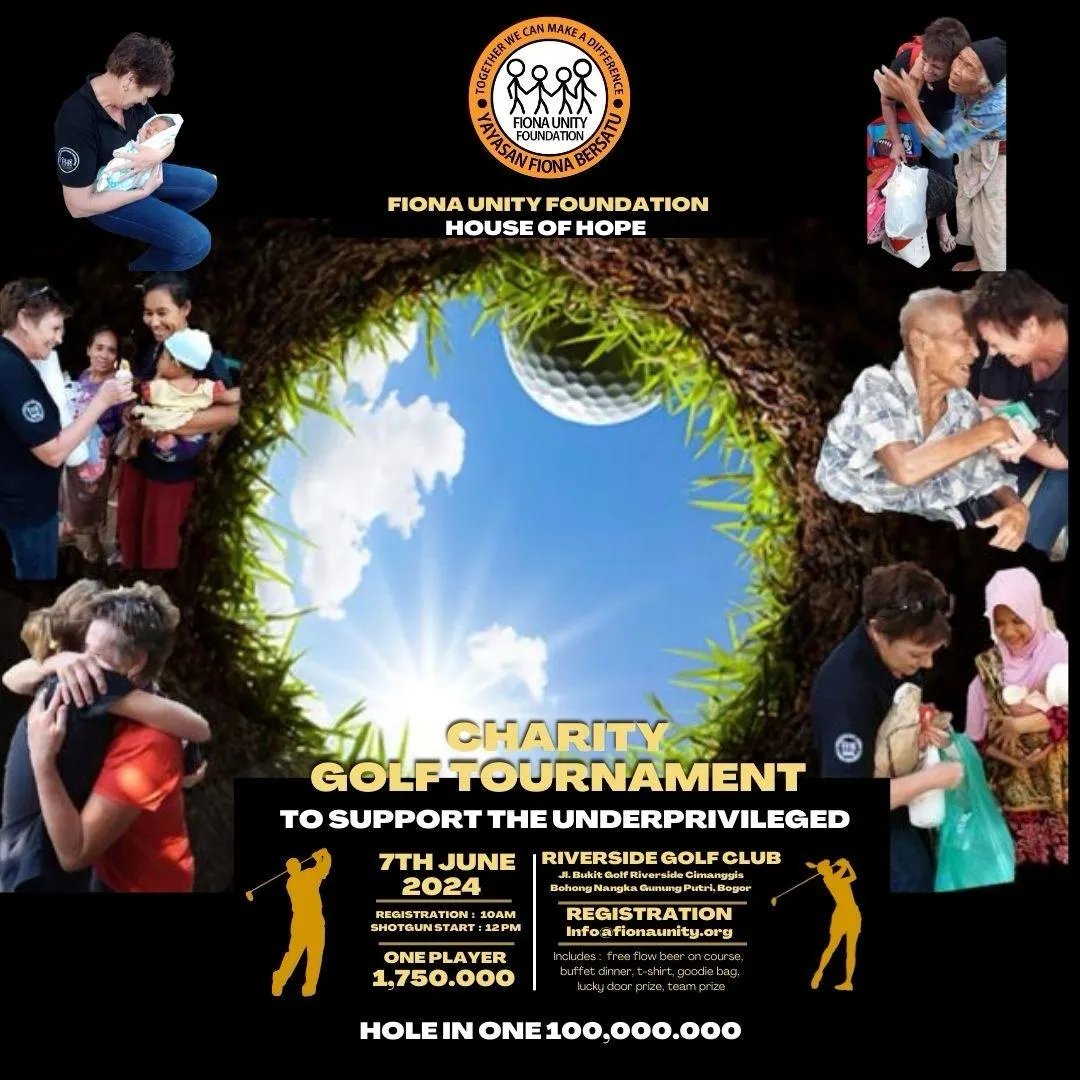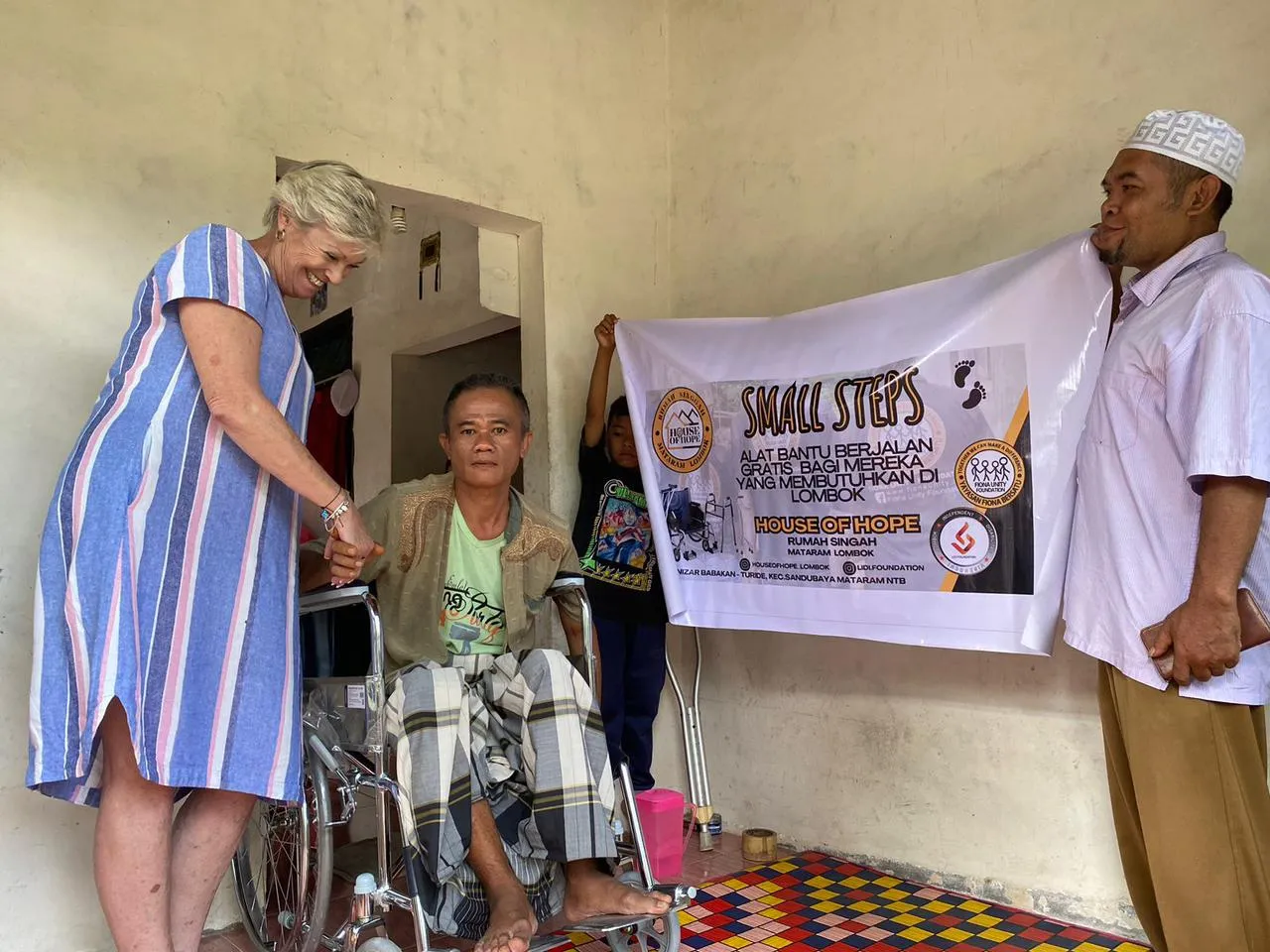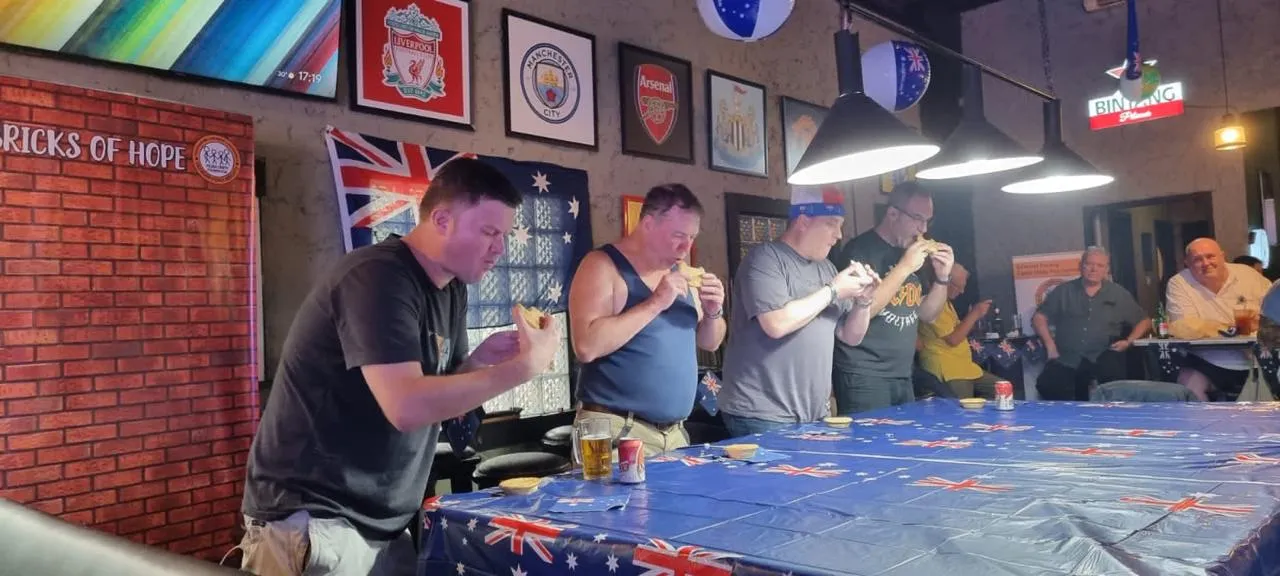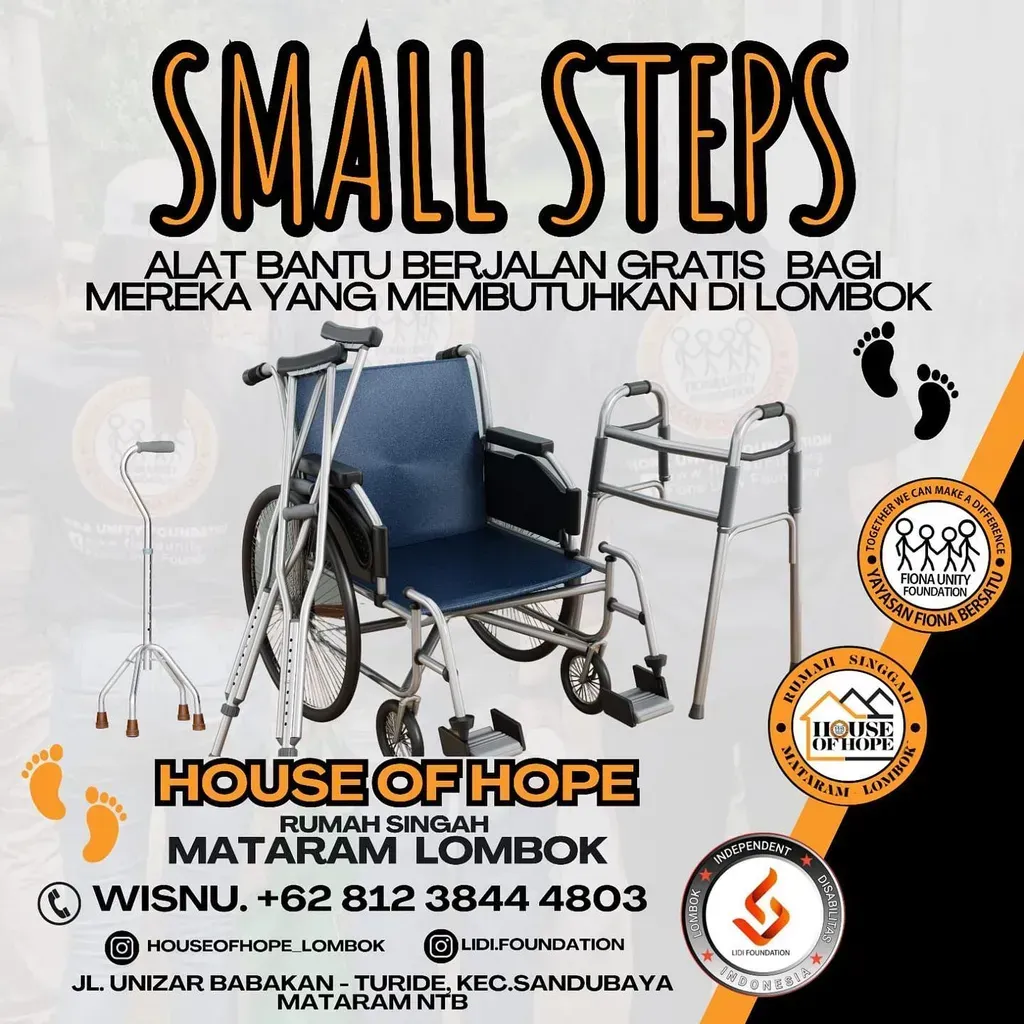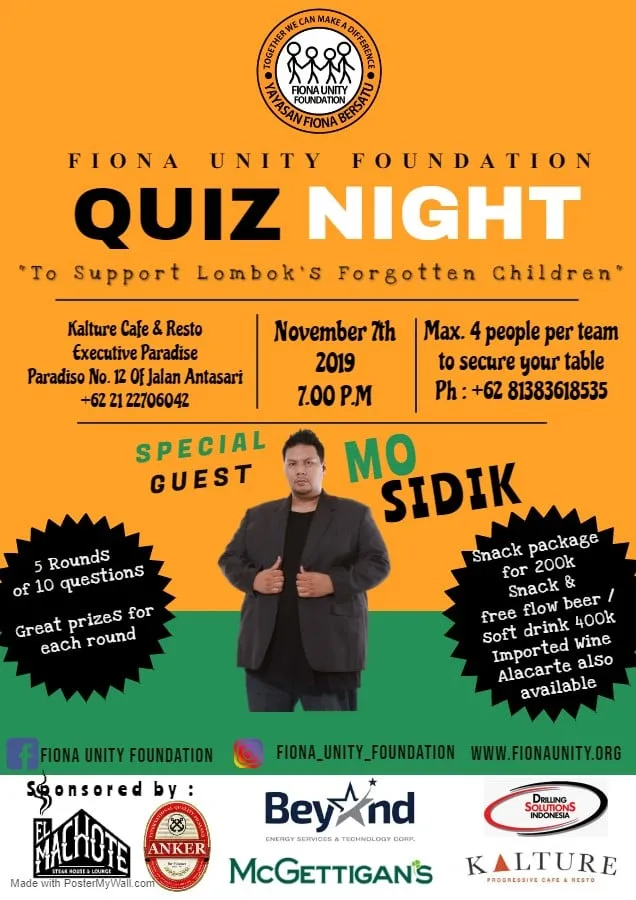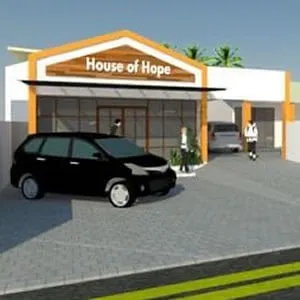Emi Anggraini’s Story, the Science of Spinal Tumors, and the Power of Community
There’s a saying in Pandai Village that every sunrise feels like a fresh promise, even when the odds are against you. Emi Anggraini knows this better than most. Just 21, she’s found herself peering over the edge of a future transformed by a spinal tumor: a diagnosis that changed everything she once pictured for her young life. But behind Emi’s story aren’t just sterile medical terms or gloomy prognoses—it’s a tapestry of hope, science, and community courage. (Snuck in here: sometimes, her laugh is the loudest in the room, despite what her doctors said.)
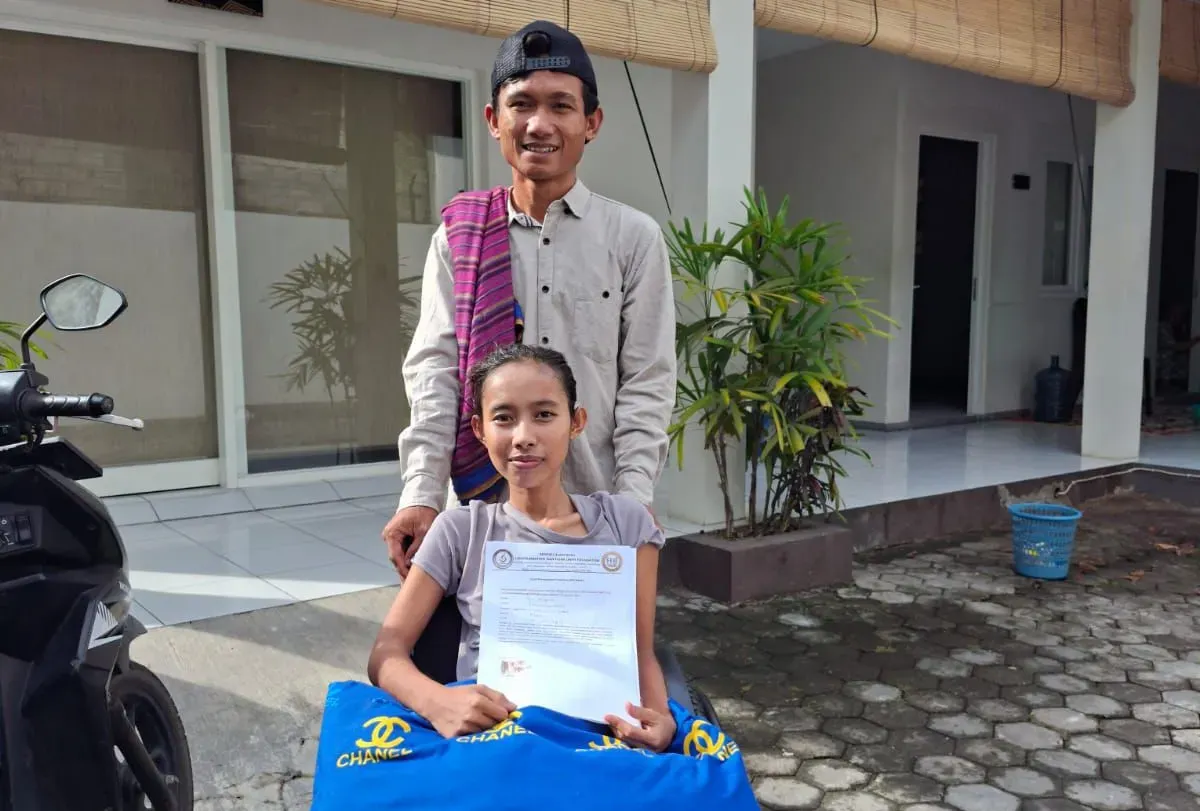
Meet Emi: Life in Bima and a Diagnosis That Changed Everything
Emi Anggraini’s story begins in the heart of Pandai Village, nestled within Woha District of Bima Regency. In this close-knit community, traditions run deep and neighbors are more like extended family. Here, everyone knows your name, and daily life is shaped by the rhythms of the land and the warmth of communal ties. For Emi, these roots have always been a source of strength and identity.
Growing Up in Pandai Village
Before her diagnosis, Emi’s life was filled with the simple joys of youth. She attended the local school, where she was known for her quick smile and sharp mind. Friendships were forged over shared homework and laughter echoed across the fields during rainy-season soccer matches. Emi’s days were active and full, marked by the kind of energy that made her a familiar face in every corner of the village.
The First Signs: When Life Changed Overnight
Everything changed when Emi began to notice unusual symptoms. What started as mild muscle weakness and tingling in her legs soon became impossible to ignore. At first, she brushed off the signs, thinking perhaps she had overexerted herself during a soccer game or a long walk home from school. But as the symptoms worsened, concern grew within her family and community.
Looking back, Emi recalls,
“I thought the worst thing that could happen was missing a test, until the doctors said ‘You may never walk again.’”
The shock of hearing those words was overwhelming, not just for Emi but for everyone who knew her.
Navigating Bima Regency Health Services
Seeking answers, Emi and her family turned to the local health services in Bima Regency. The journey was not easy. While the community is supportive, the region faces significant challenges in managing rare and complex conditions like spinal tumors. Advanced diagnostic tools and specialized treatments are often out of reach, making the path to a clear diagnosis long and uncertain.
Eventually, doctors identified the cause: a spinal tumor. The diagnosis brought clarity, but also heartbreak, as Emi learned she would live with paraplegia—a condition that would change her life forever. At just 21 years old, she faced the reality of losing her ability to walk, a prospect that was difficult to accept in a place where mobility is vital to daily life.
Living With Spinal Tumors: The Role of Community and Support
Emi Anggraini’s spinal tumor diagnosis has highlighted the critical importance of community and accessibility support for paraplegics living with spinal tumors, especially in areas with limited medical resources. The people of Pandai Village, along with generous donors like Lauren Metcalfe, have stepped in to provide comfort and assistance, helping Emi adapt to her new reality. Their support underscores the vital role that community and fundraising play in supplementing Bima Regency health services for those facing rare diseases.
Untangling the Science: Spinal Cord Tumors and Modern Treatment Frontiers
Spinal cord tumors, though rare, can change a person’s life in an instant. For young people like Emi Anggraini from Pandai Village, Woha District, Bima Regency, the diagnosis is not just a medical challenge—it’s a daily reality. Understanding the basics of spinal cord tumors and the latest treatment frontiers can help shed light on what patients like Emi face and what hope the future might hold.
What Are Spinal Cord Tumors?
Spinal cord tumors are abnormal growths that develop within or near the spinal cord. They are classified by their location:
- Intramedullary spinal tumors: Grow inside the spinal cord itself, often arising from cells like astrocytes or ependymal cells.
- Extradural and intradural-extramedullary tumors: Develop outside the spinal cord but within the spinal canal.
These tumors are rare, but their impact is profound. Causes can include genetic factors, prior radiation exposure, or, in some cases, remain unknown. While spinal cord tumors can occur at any age, their effects—such as paraplegia, as seen in Emi’s case—are especially life-altering for young patients.
Current Spinal Tumor Treatment: Surgery and Beyond
The mainstay of spinal tumor treatment is surgical removal. The posterior approach—accessing the tumor from the back of the spine—is the most common technique, especially for intramedullary spinal tumors. Surgeons aim for total or near-total excision, as complete removal offers the best chance for recovery and reduces the risk of recurrence.
Other treatments include:
- Radiation therapy: Used when tumors cannot be fully removed or to target remaining cancer cells.
- Chemotherapy: Less common, but sometimes used for specific tumor types.
Despite these advances, surgery is not without risks. Even after successful removal, patients may experience persistent pain, nerve damage, or functional decline. Recurrence within two years is possible, especially with certain tumor types.
Modern Frontiers: Gene Therapy and Immunotherapy
Today, the future of spinal tumor treatment is expanding beyond the operating room. Gene therapy and immunotherapy are emerging as promising options, especially for cases where standard treatments fall short. These therapies aim to target tumors at the molecular level, offering hope for better outcomes and fewer side effects. As Dr. Yulia Rahman notes:
"Emerging therapies offer real hope for patients, even in resource-limited settings."
Imagine if clinics in Bima had access to these advanced therapies—Emi’s prognosis could look very different.
Risks, Outcomes, and Hope for Young Patients
It’s important to note that younger patients, like Emi, often experience better functional outcomes after surgical treatment. However, the journey is complex, with challenges like neurological complications and the possibility of tumor recurrence. The science continues to evolve, bringing new hope to communities everywhere.
Living the New Normal: Paraplegia, Accessibility, and Finding Joy After Loss
For Emi Anggraini, a 21-year-old from Pandai Village in Woha District, Bima Regency, life changed overnight with a diagnosis of a spinal tumor. The resulting paraplegia meant she would never walk again. Suddenly, everyday routines—getting dressed, moving around the house, or joining friends—required relearning and resilience. Living with spinal tumors brings both physical and emotional challenges, but Emi’s story is also about adaptation, creativity, and the power of community.
Everyday Realities: Relearning Life After Diagnosis
After her diagnosis, Emi faced the daunting task of adjusting to life in a wheelchair. Simple activities, like navigating her home or preparing meals, became new challenges. She learned to use her upper body strength to move around and discovered new ways to enjoy her favorite hobbies. With the support of friends and family, Emi found ways to adapt—sometimes turning daily tasks into shared adventures. As Emi says,
Some days, wheels take me further than legs ever could.
Accessibility Roadblocks in Rural Indonesia
Living in rural Bima, accessibility solutions for paraplegics are rare. Getting to school or a clinic often means facing rough roads, steep steps, and a lack of ramps or accessible toilets. For Emi, each outing requires careful planning and, often, help from others. In many parts of Indonesia, especially outside major cities, accessibility is not guaranteed—every ramp or accessible bathroom can feel like a luxury. These barriers make daily mobility, education, and employment even more challenging for those living with spinal tumors.
Paraplegia Support Resources: Finding Help and Humor
Paraplegia support resources are limited in Bima, but Emi has found creative ways to connect. Online forums and social media groups offer advice and encouragement from others living with similar conditions. Local initiatives, sometimes supported by donations like those from Lauren Metcalfe, help provide essential equipment and comfort. Community support is vital—not just for practical needs, but for emotional well-being. Emi and her friends often find joy in unexpected moments, like their “midnight mango hunt” adventure, where laughter and teamwork turned a simple craving into a cherished memory.
Finding Joy in Unexpected Places
Despite the obstacles, Emi continues to find happiness in music, friendships, and the kindness of strangers. Neighbors drop by with homemade snacks, friends share songs and stories, and small acts of generosity brighten her days. These moments remind Emi that life, even with paraplegia, can be full of meaning and connection.
Imagining a Truly Accessible Indonesia
What would Emi’s day look like if every public space in Indonesia was accessible? She dreams of rolling into school without barriers, visiting clinics independently, and joining community events with ease. Improved accessibility solutions for paraplegics would open doors to education, employment, and a richer social life—not just for Emi, but for countless others living with spinal tumors across rural Indonesia.
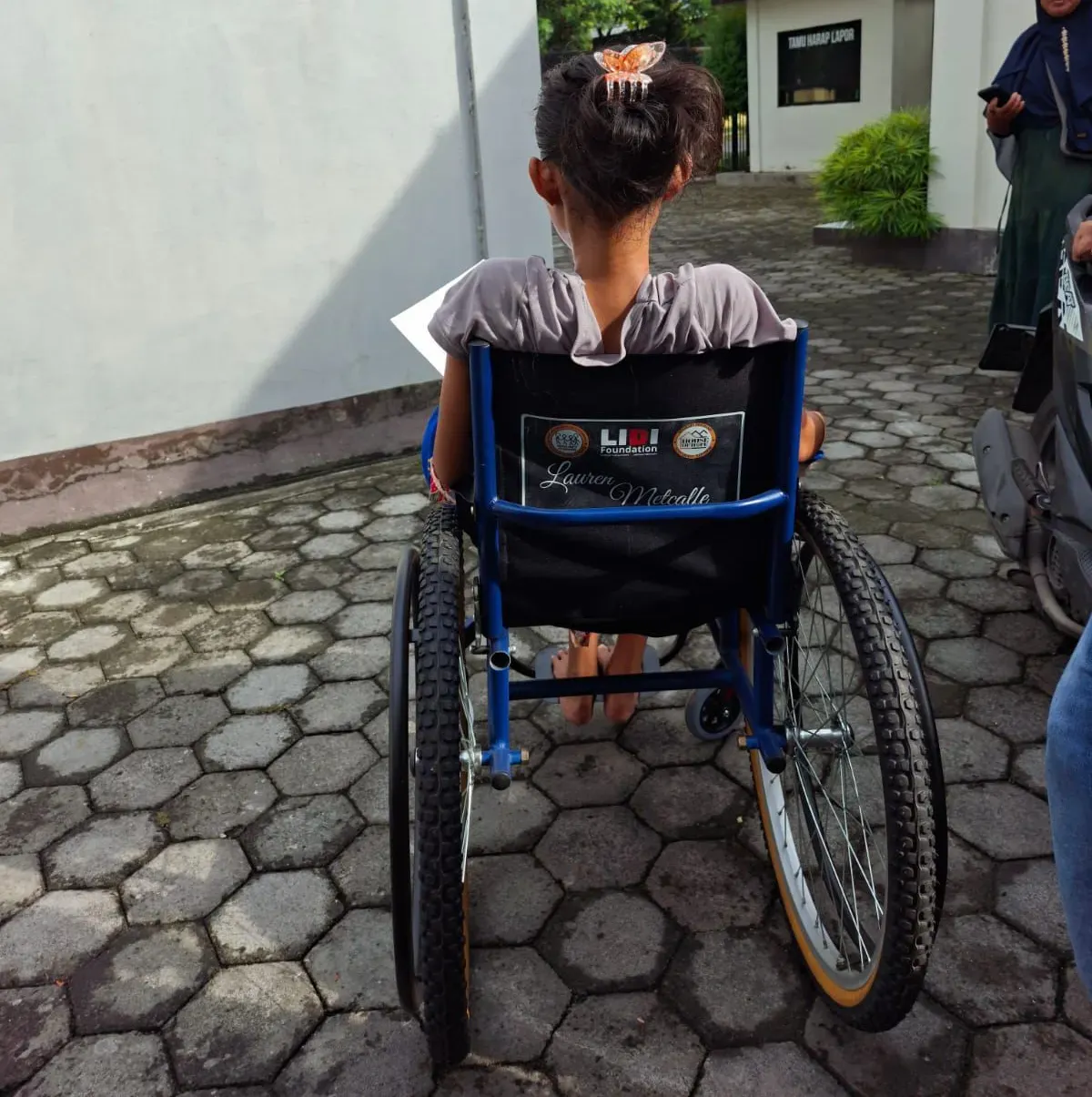
The Gift of Generosity: Donations, Fundraising, and the Ripple Effect
When someone faces a life-changing medical condition like paraplegia from a spinal tumor, the challenges go far beyond the diagnosis. For Emi Anggraini, a 21-year-old from Pandai Village in Woha District, Bima Regency, daily life changed overnight. Suddenly, every movement, every need, and every hope depended not just on medical care, but on the kindness and support of others. In Emi’s story, the power of donations, fundraising for medical expenses, and community support for paraplegia come to life in the most tangible ways.
Thank You, Lauren Metcalfe: A Donation That Changed Everything
A heartfelt thank you goes to Lauren Metcalfe, whose donation made Emi’s daily life more comfortable. This act of generosity provided Emi with essential medical supplies, better cushions, and possibly even a new wheelchair. For someone living with paraplegia, these items are not luxuries—they are necessities that offer relief from pain, prevent further injury, and restore a sense of dignity. As Lauren herself shared:
It’s easy to underestimate how much hope a single act of kindness can inspire.
Fundraising for Rare Medical Conditions: Local Solutions, Global Impact
Fundraising for medical expenses related to rare conditions like spinal tumors comes with unique challenges. Unlike more common illnesses, spinal tumors often lack national attention and dedicated funding. This means families and communities must get creative. In Emi’s village, local solutions—such as social media campaigns, village fundraisers, and the compassion of neighbors—help fill the gaps left by limited health services.
Research shows that there is a significant lack of specific funding for spinal tumor studies, highlighting the need for increased support and awareness. Every dollar raised through donations and fundraising not only helps with immediate needs but also brings attention to conditions that are often overlooked.
Why Every Dollar Matters: Beyond Medical Bills
Donations for medical conditions like Emi’s do more than pay for hospital visits. They cover a wide range of needs, including:
- Transportation: Getting to and from medical appointments in rural areas can be costly and difficult.
- Home Modifications: Ramps, accessible bathrooms, and special beds make daily life safer and more manageable.
- Emotional Support Services: Counseling and peer support help patients and families cope with the emotional toll of chronic illness.
For Emi, each contribution made her world a little easier to navigate, proving that even small acts of generosity can have a big impact.
The Ripple Effect: Visible and Invisible Impacts of Giving
The impact of community support for paraplegia is both visible and invisible. While new equipment or supplies are easy to see, the hope and encouragement that come from knowing others care are just as important. Sometimes, making someone’s life a little easier is the biggest medicine there is. Emi’s story reminds us that the ripple effect of generosity can reach far beyond what we imagine, inspiring hope and resilience in the face of adversity.
Resilience, Redefined: Closing Thoughts from Bima to the World
Emi Anggraini’s journey from Pandai Village, Woha District, Bima Regency, is a powerful reminder that resilience is not a one-size-fits-all concept. Diagnosed with a spinal cord tumor at just 21 years old, Emi was told she would never walk again—a prognosis that would challenge anyone’s spirit. Yet, her story is not just about medical facts or patient functional outcomes; it is about redefining what it means to move forward in the face of paraplegia.
For Emi, and for many living with spinal cord tumors, resilience is not always about grand gestures or heroic feats. Sometimes, it is about the small, everyday choices: choosing laughter over despair, finding hope in the support of neighbors, or accepting help from unexpected places. As Emi herself says,
“It’s not about walking again—it’s about moving forward, however you can.”
This perspective shifts the focus from what has been lost to what is still possible, emphasizing adaptability and optimism as key components of patient functional outcomes.
The science of spinal cord tumor prognosis often centers on physical recovery, but Emi’s experience shows that community support for paraplegia can be just as crucial as medical intervention. Her village rallied around her, offering not only emotional encouragement but also practical assistance. The generosity of people like Lauren Metcalfe, whose donation made Emi’s life more comfortable, demonstrates how even small acts of kindness can transform what seems unendurable. In Bima, connection and shared hardship have created a network of care that lifts individuals beyond their diagnosis.
Emi’s story also highlights the urgent need for better funding, research, and public awareness of spinal tumor treatment. In many regions, especially rural areas like Bima, access to specialized care and rehabilitation remains limited. Continued research into spinal cord tumor prognosis and improved accessibility for people with paraplegia are essential steps toward ensuring that no one faces these challenges alone. International attention to rare disease care can help bridge gaps and bring hope to communities that are often overlooked.
Ultimately, there are times when medical outcomes are out of our hands. But the stories we share, the communities we build, and the compassion we extend are always within our control. Emi’s journey is a testament to the power of resilience redefined—not as a solitary struggle, but as a collective effort. Her life reminds us that while we may not always be able to change the diagnosis, we can always change the narrative. From Bima to the world, let Emi’s story inspire us to advocate for research, foster connection, and support every step forward—however it looks.
Remember! For just $200 you can make a life time change to some one in need! If you would like to support the "Fiona Unity Foundation", please contact Fiona +62 813 8361 8535.
.#SpinalTumorAwareness, #ParaplegiaSupport, #EmiAnggraini, #MedicalDonations, #CommunityCare, #BimaRegency, #SpinalCordTumor, #HealthEquity, #FundraisingHelp, #RareDisease
TL;DR: Emi Anggraini’s journey reflects the complex intersection of medical science, community generosity, and the day-to-day strength found in those facing spinal cord tumors. Her story reminds us that human connection and innovation can light the path through even the most uncertain diagnoses.

